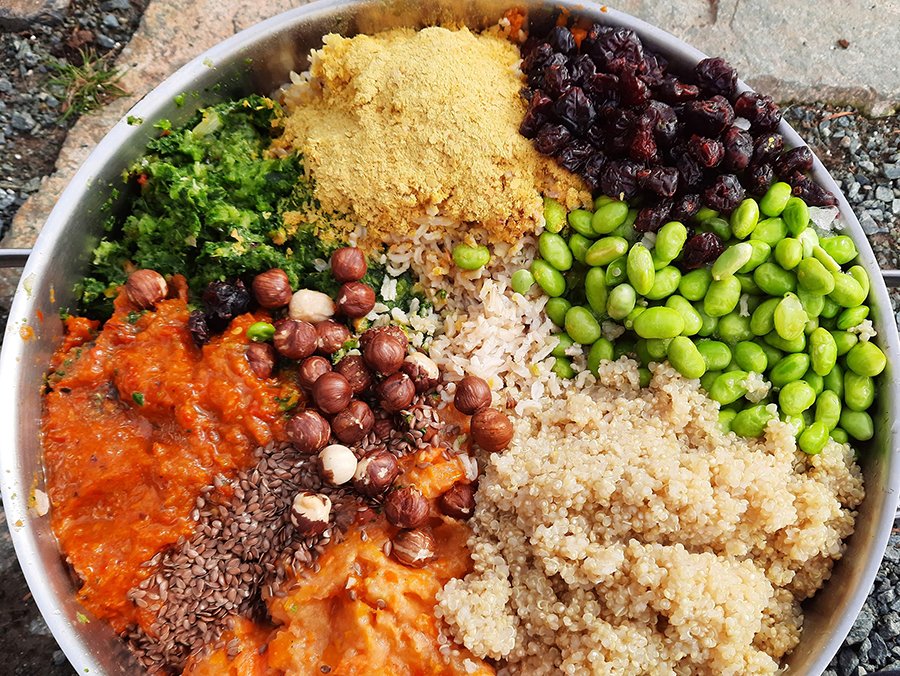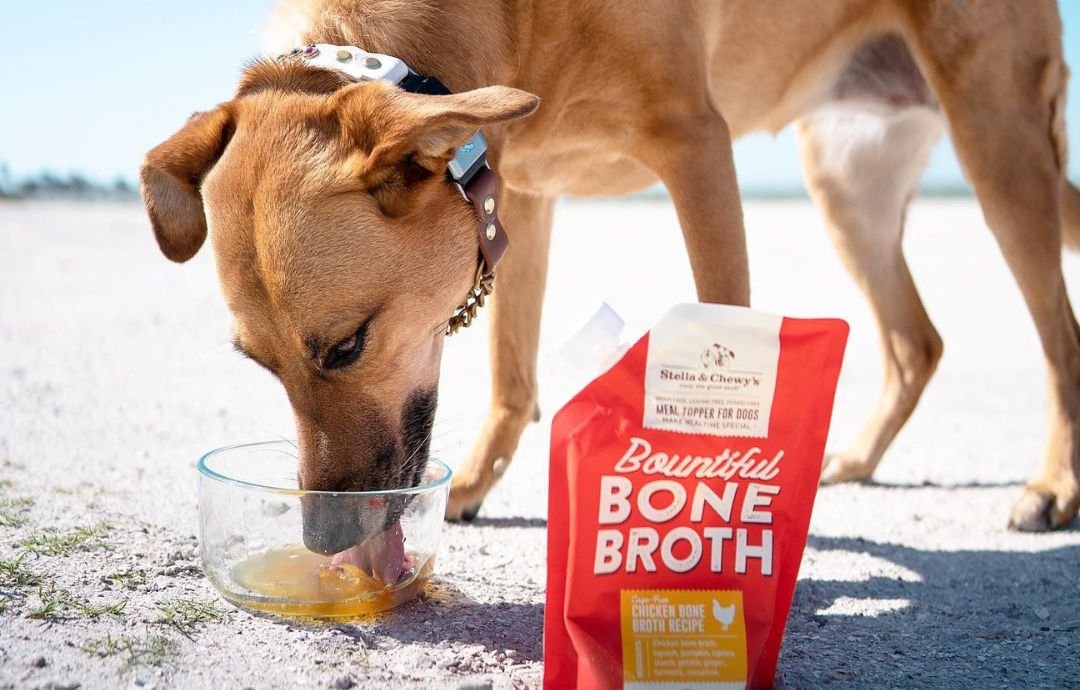Preparing vegetarian dog meals can be a rewarding experience for both you and your furry friend. Many dog owners choose vegetarian diets for their pets for various reasons, such as health benefits, ethical considerations, or environmental concerns. This article will share top tips for preparing vegetarian dog meals, ensuring your dog receives all the necessary nutrients while enjoying delicious food.
Understanding Your Dog’s Nutritional Needs
Before going into the specifics of preparing vegetarian dog meals, it’s essential to understand your dog’s nutritional needs. Dogs are omnivores, which means they can thrive on a diet that includes both plant and animal-based foods. However, a vegetarian diet must be well-planned to ensure it meets their dietary requirements. Essential nutrients for dogs include protein, vitamins, minerals, and fatty acids. If you’re considering preparing vegetarian dog meals, consult your veterinarian to create a balanced diet.

1. Choose High-Quality Ingredients
When preparing vegetarian dog meals, always select high-quality ingredients. Fresh fruits and vegetables, whole grains, and legumes are excellent choices. Avoid processed foods, as they may contain additives and preservatives that are not healthy for your dog. Look for organic options whenever possible to reduce the risk of harmful chemicals.
2. Focus on Protein Sources
Protein is vital for your dog’s health, so you need to ensure that your vegetarian meals provide sufficient protein. Legumes like lentils, chickpeas, and black beans are great sources of plant-based protein. You can also include quinoa and soy products like tofu for added protein. Mixing different protein sources can help create a balanced meal for your dog.
3. Include Healthy Fats
In addition to protein, your dog needs healthy fats in their diet. Fats are essential for energy and help maintain healthy skin and coat. Consider adding sources of omega-3 and omega-6 fatty acids to your vegetarian dog meals. Flaxseed oil, chia seeds, and walnuts are good options. These healthy fats will support your dog’s overall health and well-being.
4. Incorporate Vegetables and Fruits
Vegetables and fruits provide essential vitamins, minerals, and fiber. When preparing vegetarian dog meals, include a variety of colorful vegetables and fruits to ensure a broad range of nutrients. Carrots, sweet potatoes, spinach, and peas are excellent choices. For fruits, consider apples, blueberries, and bananas. Always chop or cook these ingredients to make them easier for your dog to digest.
5. Cook Meals Properly
Cooking meals for your dog is an important step in preparing vegetarian dog meals. Cooking can help break down fibers in fruits and vegetables, making them easier to digest. You can steam, boil, or bake ingredients, but avoid adding any seasonings or spices, as some can be harmful to dogs. Keep the meals simple and focused on natural flavors.
6. Use Grains Wisely
Grains can be a healthy addition to vegetarian dog meals, but it’s essential to choose the right types. Whole grains like brown rice, oats, and barley provide fiber and essential nutrients. However, some dogs may have grain sensitivities, so it’s crucial to monitor your dog’s reaction to any new ingredients. If your dog experiences digestive issues, consider adjusting their grain intake or opting for grain-free options.
7. Plan Balanced Meals
Planning balanced meals is key to ensuring your dog receives all the nutrients they need. Combine protein, healthy fats, carbohydrates, and fiber in each meal. For example, a meal might consist of cooked lentils, brown rice, steamed carrots, and a drizzle of flaxseed oil. This combination provides a complete and nutritious meal for your dog.
8. Monitor Portion Sizes
When preparing vegetarian dog meals, it’s essential to monitor portion sizes. Overfeeding can lead to obesity, while underfeeding can cause nutritional deficiencies. Consult your veterinarian for guidance on the appropriate portion sizes based on your dog’s size, age, and activity level. Adjust the portions as needed to maintain a healthy weight.
9. Introduce New Foods Gradually
If you’re transitioning your dog to a vegetarian diet, introduce new foods gradually. Sudden changes in diet can upset your dog’s stomach and lead to digestive issues. Start by mixing a small amount of the new vegetarian food with their current diet, gradually increasing the proportion over several days.
10. Keep an Eye on Your Dog’s Health
Finally, always monitor your dog’s health when preparing vegetarian dog meals. Regular vet check-ups are crucial to ensure your dog is thriving on their new diet. Look for signs of allergies or nutritional deficiencies, such as changes in coat condition, energy levels, or digestion. If you notice any concerns, consult your veterinarian for advice.
Conclusion
Preparing vegetarian dog meals can be a healthy and fulfilling choice for your pet. By focusing on high-quality ingredients, ensuring proper nutrition, and monitoring your dog’s health, you can create balanced meals that keep them happy and healthy. Remember to consult with your veterinarian to tailor a vegetarian diet that suits your dog’s specific needs











